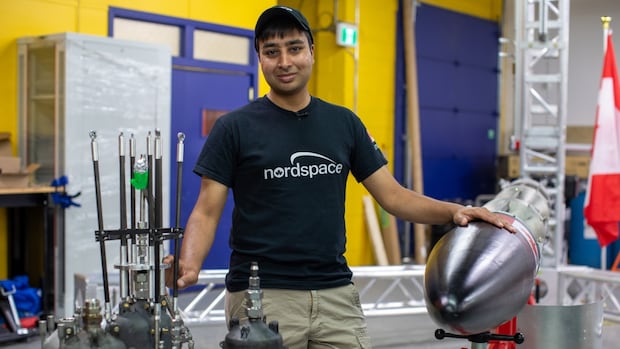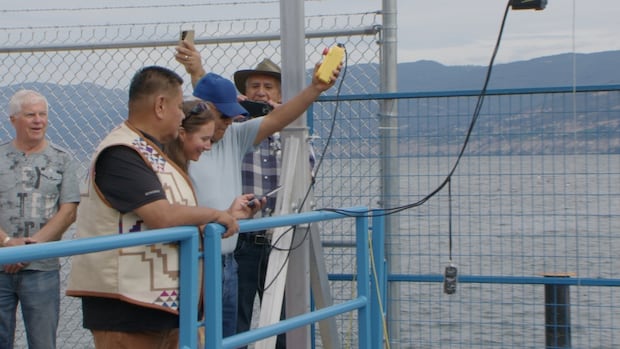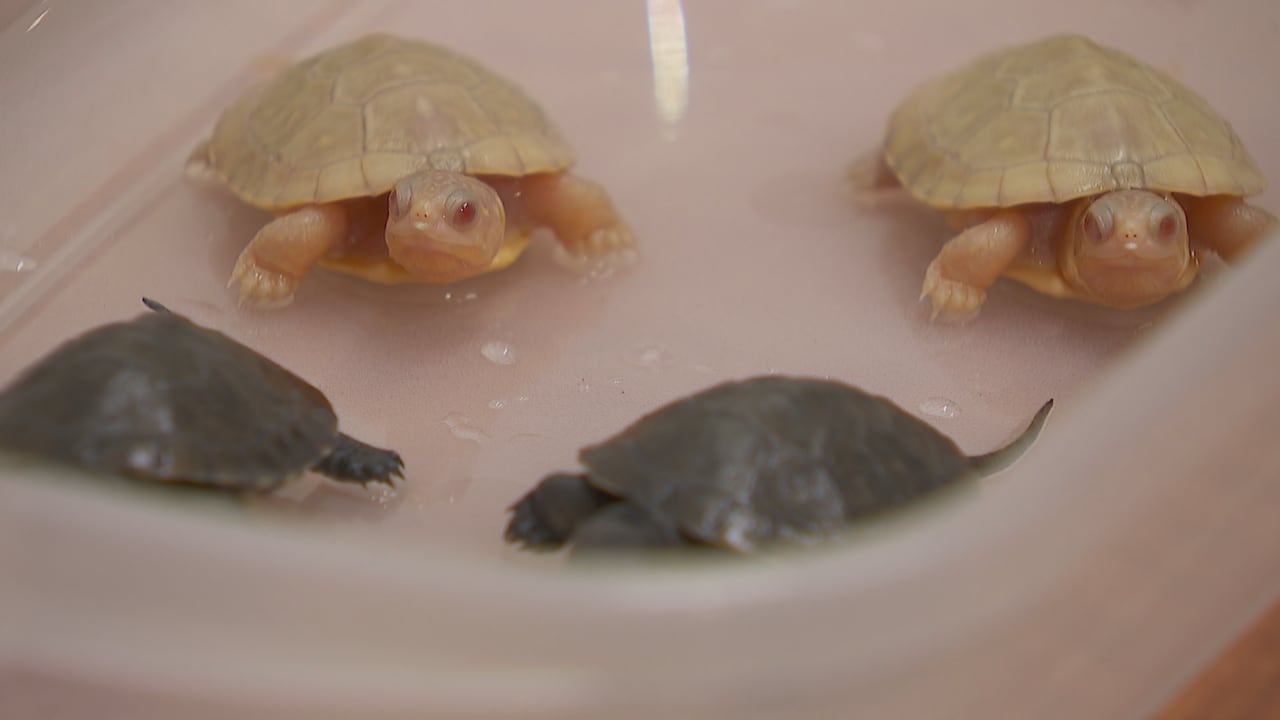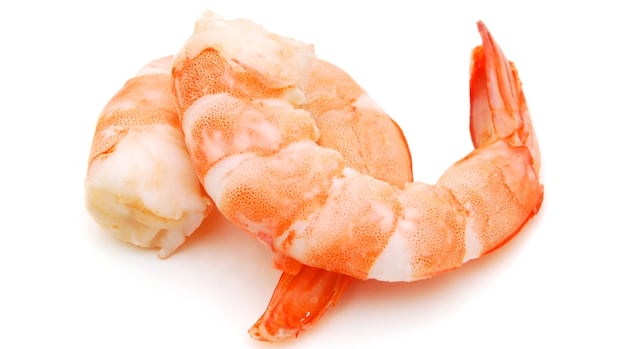As It Happens6:34What does space smell like? We asked an astrobiologist/fragrance designer
After a long career of creating designer perfumes, Marina Barcenilla decided to turn her nose to the cosmos.
The fragrance designer enrolled in university in 2015 to study planetary science. She was taking classes in astrochemistry — the chemical makeup of outer space — when she realized she could marry her two passions.
“Whenever I see something new, the first question is: I wonder what that smells like,” she told As It Happens host Nil Köksal.
“One day I thought: Actually, this molecule that I’m studying? I have it in my perfume lab. And this smell that I am imagining? I could actually create it.”
Barcenilla is now an astrobiology doctoral researcher at the University of Westminster in London, England. When she’s not exploring the feasibility of life on Mars, she’s recreating the smells of space, from the sulfuric stench of Jupiter’s deepest clouds, to the pungent alcohol-like punch at the centre of the Milky Way.
Four of those stellar scents are now available for public sniffing at the London Natural History Museum, as part of the ongoing exhibit: Space: Could life exist beyond Earth?
‘Antiseptic,’ but also like gunpowder?
So what does space smell like?
“I don’t think it smells very good in general,” said Barcenilla.
Those in the know can attest. Canadian astronaut Julie Payette, upon returning from the International Space Station, told CBC News in 2009 that space smells “cold” and “antiseptic.”
“I opened the hatch six hours after the space walk. This entire airlock area had been exposed to the vacuum of space for all those hours. So when I opened the door, I smelled what was kind of an antiseptic smell,” she said.
“It was not detergent but it was definitely like a hospital-smell type and I thought, ‘Wow, that’s the smell of space.’ The more I thought about it, I thought: ‘Wow, this is what nothing smells like, because there’s probably nothing left in there, not a single microbe or anything.'”
Canadian astronaut Chris Hatfield, meanwhile, described it differently, noting in 2013 that he and many others aboard the station reported a “burnt steak and gunpowder” smell in the airlock.
“Not exactly a spring garden,” he said in a Canadian Space Agency video.
Barcenilla says that when it comes to the smells of space, it really depends on what, specifically, you mean.
“Most of space is quite empty and … it isn’t really going to smell,” she said. “But it’s when you get to specific planets or moons, or when you go to a molecular cloud where we find high concentrations of different gases and microscopic dust, that we can then find molecules and chemical compounds that have a smell.”
Barcenilla says she’s created 25 smells since she began doing this work in 2017.
For the museum exhibit, she whipped up the scent of Mars, which is her scientific specialty; Titan, a large moon orbiting the planet Saturn; Bennu, an asteroid; and Earth as it was some 3.5-4 billion years ago, when life was just beginning.
“The early Earth is a bit smelly. It’s a combination of a little bit of kind of earthy wet smell, like what you get when it rains, but also with the smell that you get from various microbial strains,” she said.
“One of the smells that you get is a kind of sulphury cabbagey smell that goes in there as well. So that’s a bit stinky.”
She admits that none of her creations can be fact-checked, per se.
“In space, you can’t smell so it’s always going to be impossible. We don’t have air that we can breathe, so that’s completely out of the question,” she said. “But what I’m trying to do is recreate the chemistry that we find in various places in space.”
‘The more it stinks, the more people like to smell it’
Barcenilla has brought her space smells to schools to teach children, and she’s also had a chance to watch people interact with them at the museum.
“I always thought people are going to be a bit scared about the smelly stuff, but no, those are the best ones,” she said. “The more it stinks, the more people like to smell it and the more they laugh and the more questions they ask about it.”
Triggering that curiosity, she says, is the whole point.
“It’s about bringing space closer to Earth, and it’s for people to open their minds and understand that everything that we have out there in space has also ended up here on Earth,” she said.

As foreign as the final frontier may seem, Barcenilla says there’s nothing out there that’s truly unfamiliar, at least from an olfactory perspective.
Jupiter’s inner clouds? Barcenilla tells BBC News they’re full of ammonia and sulphur, something you might find in fertilizer, and which smells like rotten eggs.
The very centre of our galaxy? There you’ll find Ethyl formate, a compound commonly found in fruit, and which probably smells, at best, like rum, and at worst, like nail polish remover.
“We are part of the whole great cosmos,” Barcenilla said. “There’s this saying that goes around that we are all stardust, and it is true. Everything that we are made of, everything we smell here on Earth, has originally come from space.”







